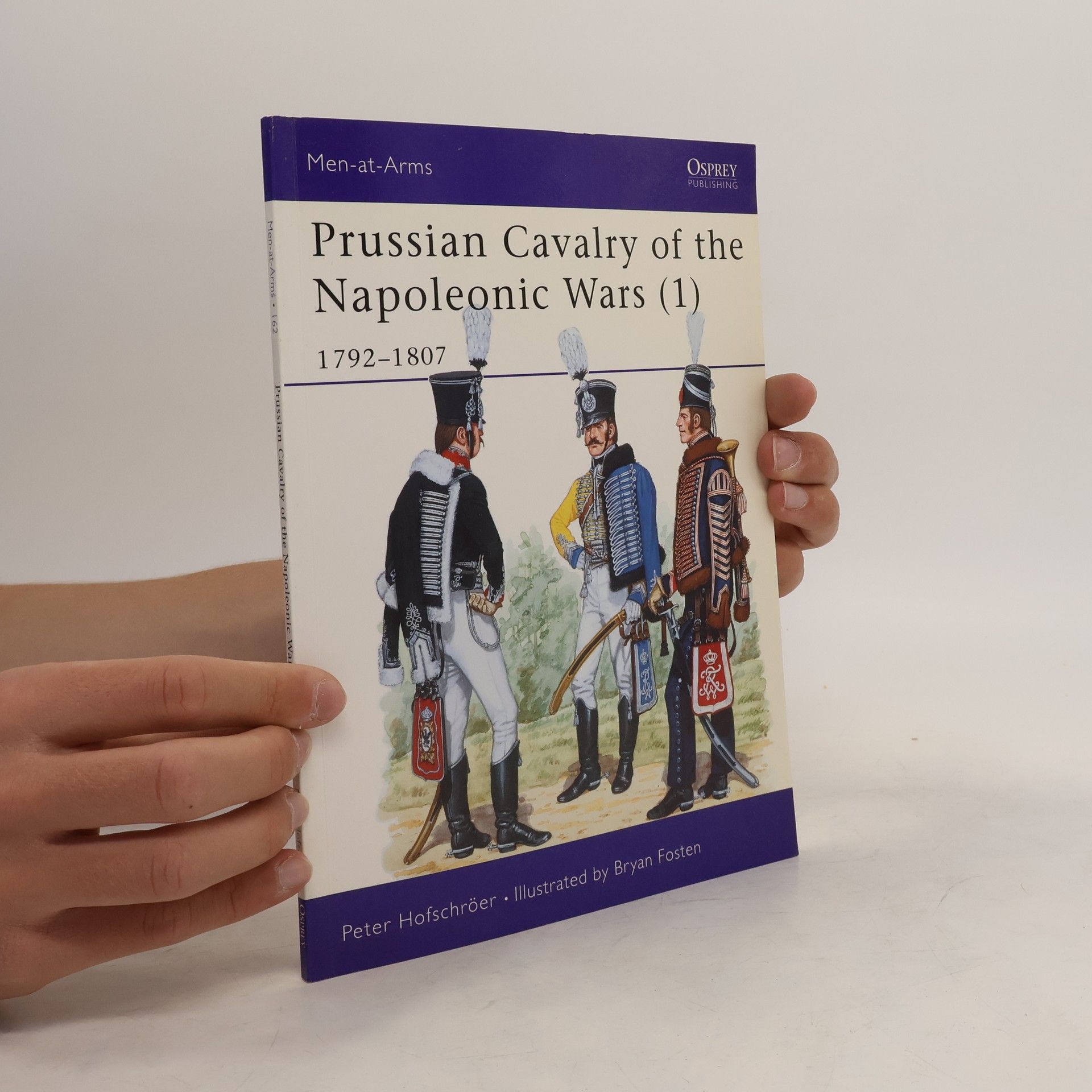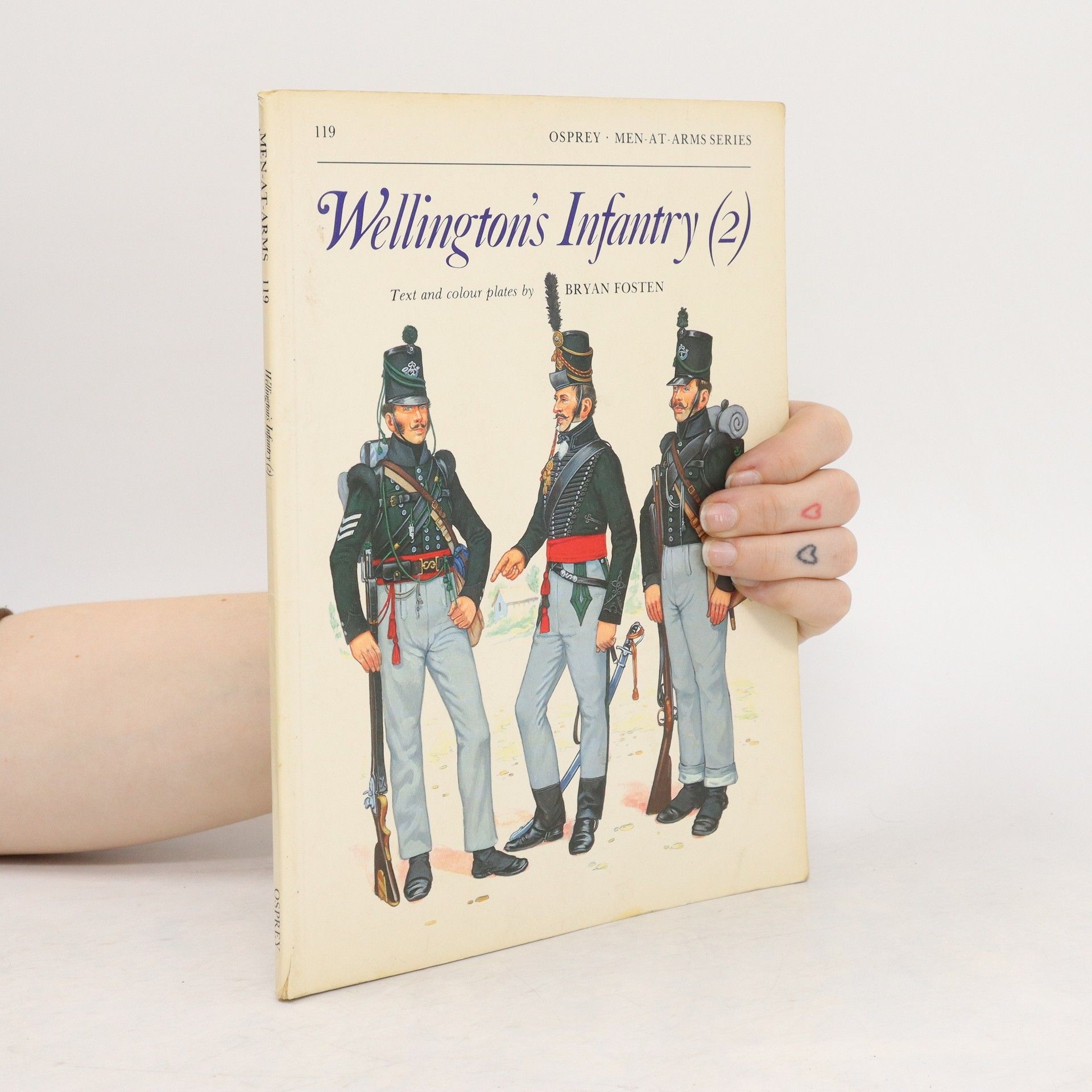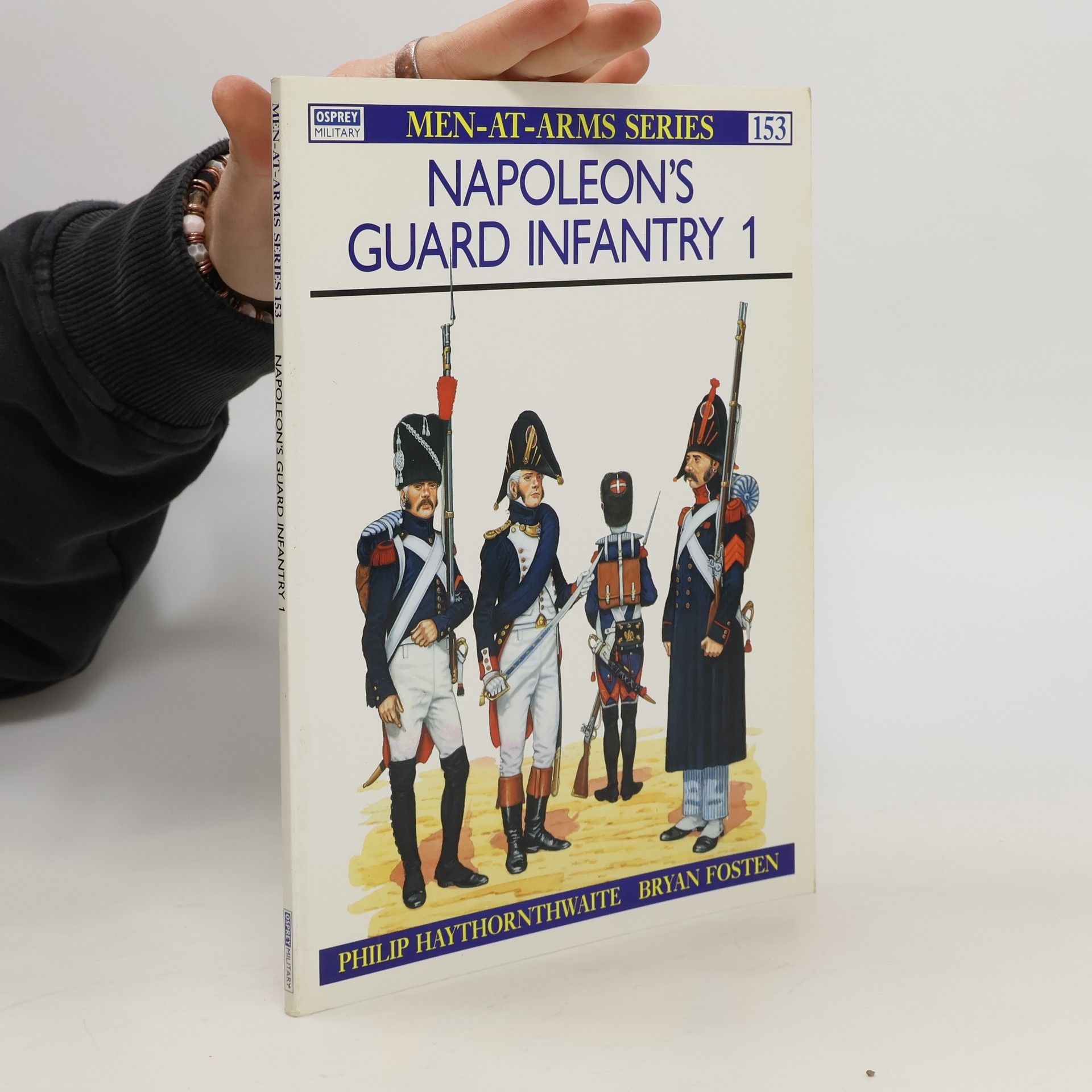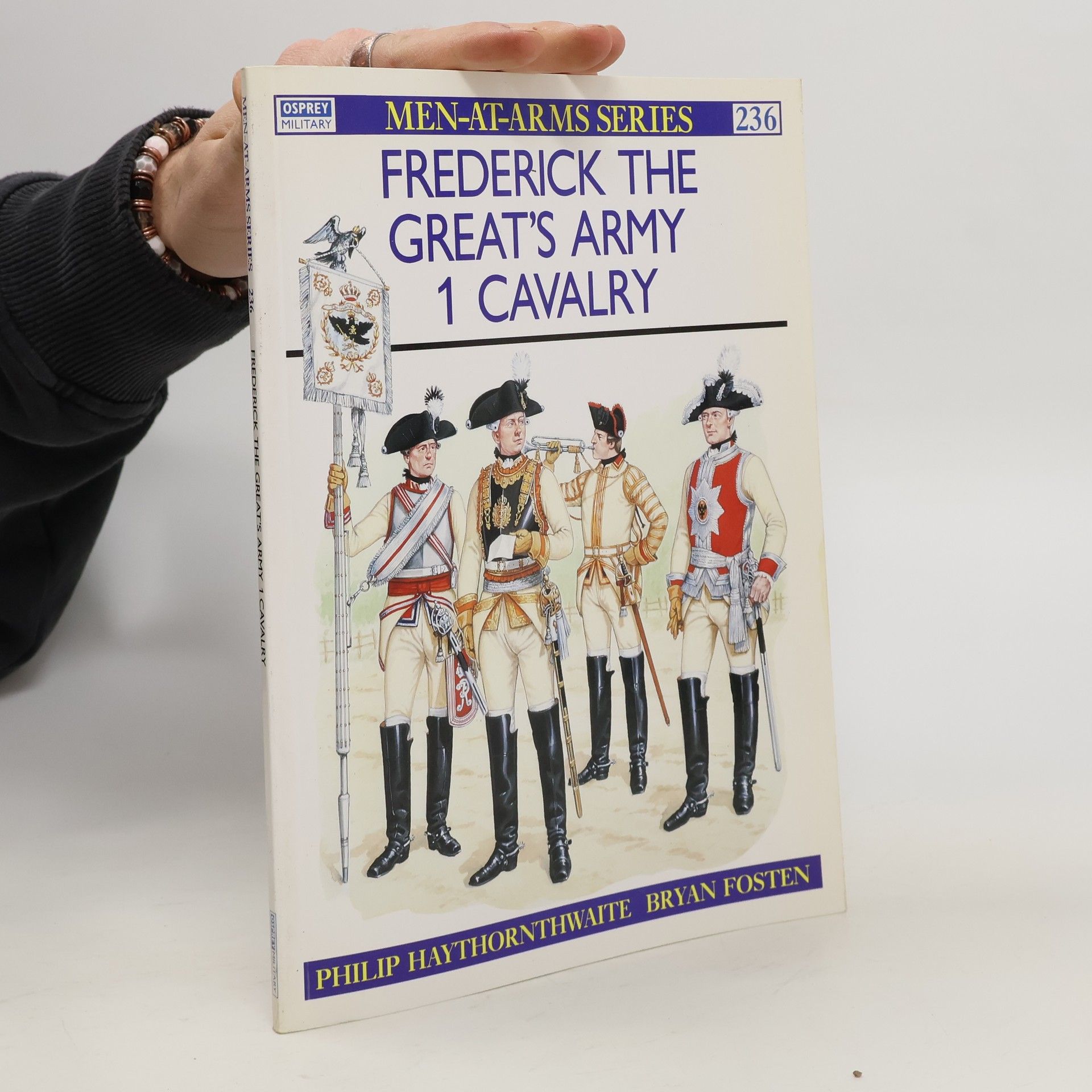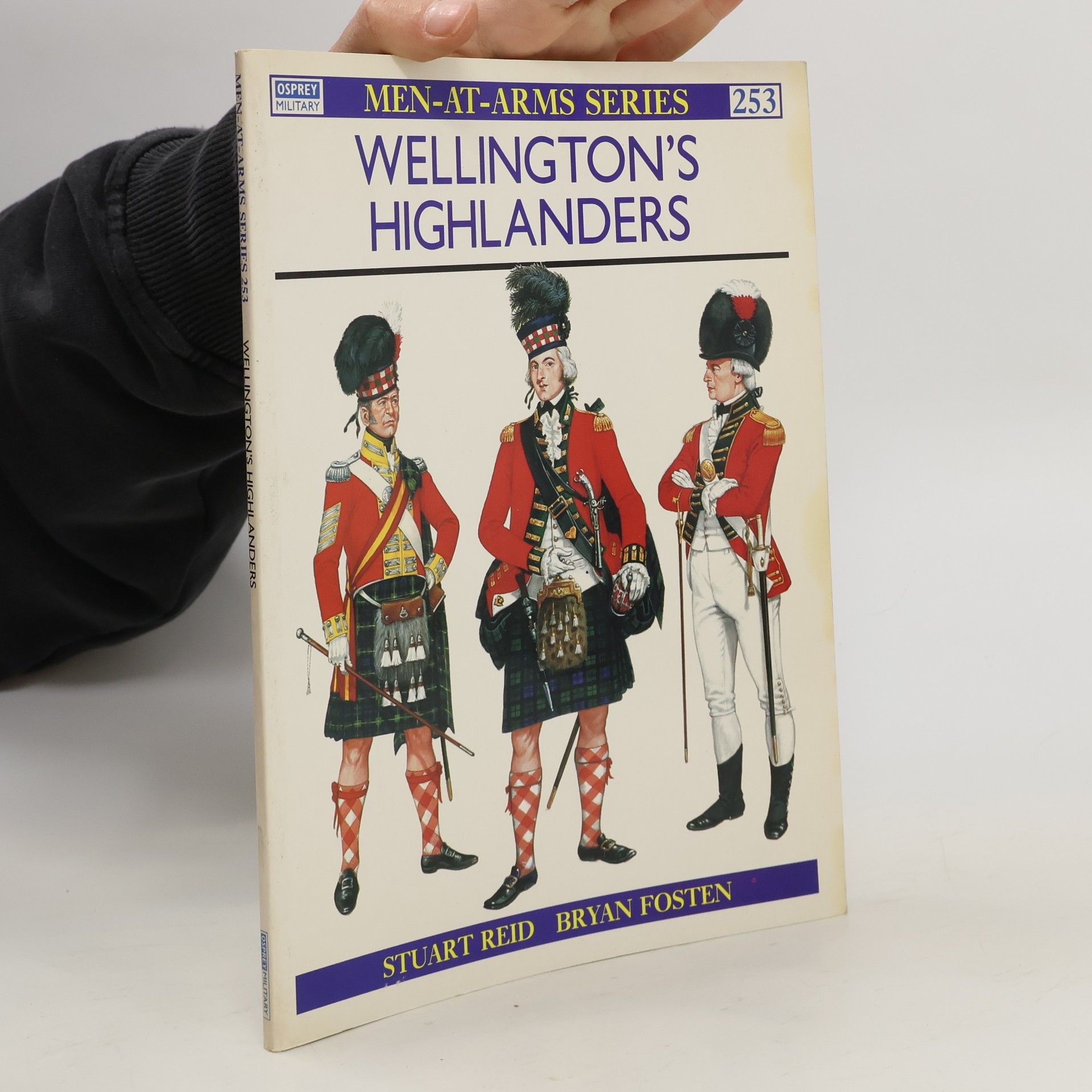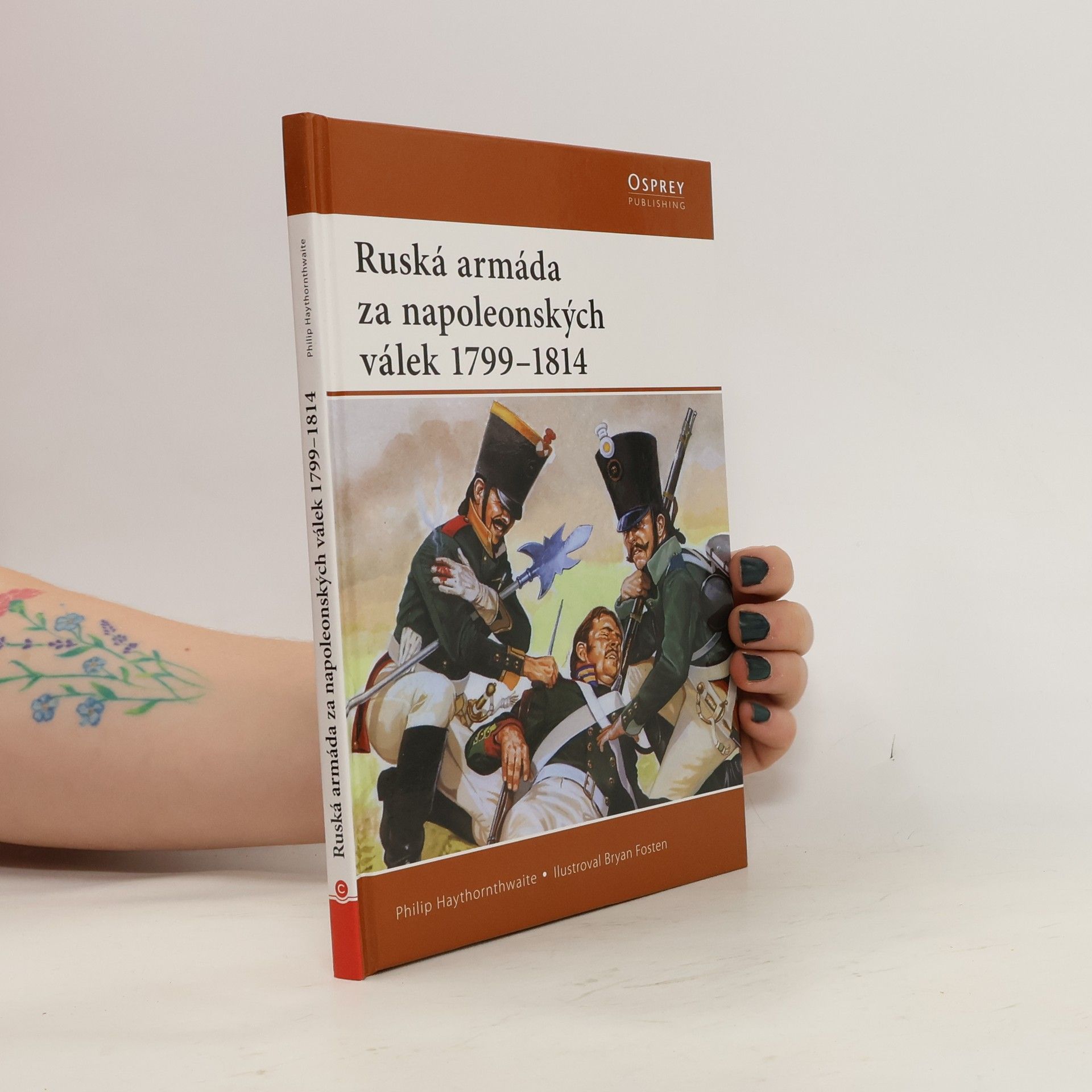Wellington´s Highlanders
- 48pages
- 2 heures de lecture
Ultimately, regiments are judged by their behaviour in battle; and highlanders have always had a reputation as 'stormers', as exemplified by the impetuous charge of the Gordons at Waterloo, intermingled with the Scots greys. This reputation probably resulted at least in part from an unusually close bonding between officers and men, and an assumption that highlanders were natural soldiers, possessed of an impetuous spirit and temperamentally more inclined to use the bayonet. Complemented by many illustrations, including eight full page colour plates by Bryan Fosten, Stuart Reid's engaging text examines the uniforms and organisation of Wellington's Highlanders.

